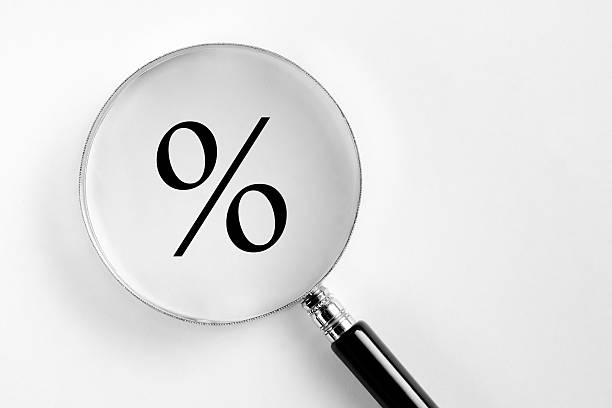Federal Reserve (Fed) Chair Jerome Powell’s testimony before Congress went smoothly yesterday. He said that the Fed will certainly cut the interest rates this year and that he’s not necessarily looking for inflation to hit the 2% target to start cutting rates. The US 2-year yield eased but remains above the levels that were in play before the Fed’s December dot plot plotted the idea of a 75bp cut plan, and the US 10-year yield fell below 4.10%. News that Steven Mnuchin, the former Treasury Secretary of Trump times, has led a $1 billion cash injection into New York Community Bancorp also soothed investors’ nerves yesterday. The bank rebounded more than 7.5% and the other banks learned, from Powell yesterday, that officials will review their plans to raise banks capital. That’s as good as it gets. And oh, the ADP print came in slightly lower-than-expected and job openings fell, though less-than-expected. Activity on Fed funds futures still gives around 70% chance for the first rate cut in June in the aftermath of Powell’s first day of testimony.
The US dollar index fell sharply below the 50-DMA in the aftermath of a relatively dovish speech from Powell. The index tested a major Fibonacci support, the 38.2% retracement on the ytd rebound. Below this level (103), the dollar index will sink into the medium-term bearish consolidation zone. Gold on the other hand rose to a fresh record and traded at $2161 per ounce on the back of lower yields. But if lower yields are why gold is up, the upside potential should be limited by better appetite in riskier assets that have juicier returns.
But one thing is sure, the broadly softer US dollar will help other central bankers to better cope with inflation at their regions and be able to cut their rates on their turn.
The Bank of Canada (BoC) left its rate unchanged at 5% at yesterday’ decision and the European Central Bank (ECB) will announce its latest policy verdict today. The European policymakers will leave rates unchanged but will revise their economic projections. There is a lot of confusion and uncertainty regarding when Europeans could eventually start cutting their rates as many among them came to push back on expectations of a too-early rate cut in Europe – and they were right given that the doves tend to get well ahead of themselves with the slightest smell of lower rates.
The ECB is expected to revise its inflation forecast down and hint that inflation in the euro area could reach the 2% target sooner than in the December projection. If that’s the case, if the Europeans look confident that inflation is trending lower toward their 2% target, there is nothing to prevent them from cutting rates: the economic outlook is soft, growth is stagnating, a sufficiently soft inflation is the only missing thing.
The broad-based dollar depreciation sent the EURUSD above the 1.09 yesterday. A hint of a June rate cut from the ECB could quickly cast shadow on the euro bulls’ excitement to push this rally to 1.10 level. While both central banks are expected to start cutting rates in June, the Fed is expected to cut by around 80bp while the ECB is seen cutting its own rates by 90bp. And the Fed’s Neel Kashkari went a step further and said that the Fed could cut rates two times, or just one time this year. That’s rational given that the US economy performs well, and definitely better than the Eurozone economies thanks to ample fiscal support. But whatever is the reason, the ECB could cut more if inflation is not a problem. All this to say that, the ECB decision could reverse the euro appetite before the EURUSD makes a sustainable attempt above the 50% retracement on ytd decline.
Elsewhere, the UK’s Budget Day went smoothly. The British voters were made happy with tax cuts and other soothing news on alcohol and fuel duty in the expense of some public services but hey… the 10-year gilt yield remained steady near 4% and Cable could benefit from weaker dollar to drill above the top of the ytd negative trend.
In Japan, the USDJPY fell steeply below 149 as the Japanese wage growth accelerated at the fastest pace since June and the latter fueled speculation that the Bank of Japan (BoJ) could hike its rates already at this month’s meeting. Knowing how cautious the BoJ is with its interest rate policy and inflation, we will unlikely see a concrete action at the March 18-19 meeting, but maybe in the first half. Traders don’t take a big risk shorting USDJPY near 150 as the potential of a rise above this level is limited by direct intervention threat. The only possible way is the downside. We just don’t know when the real slide will begin.
